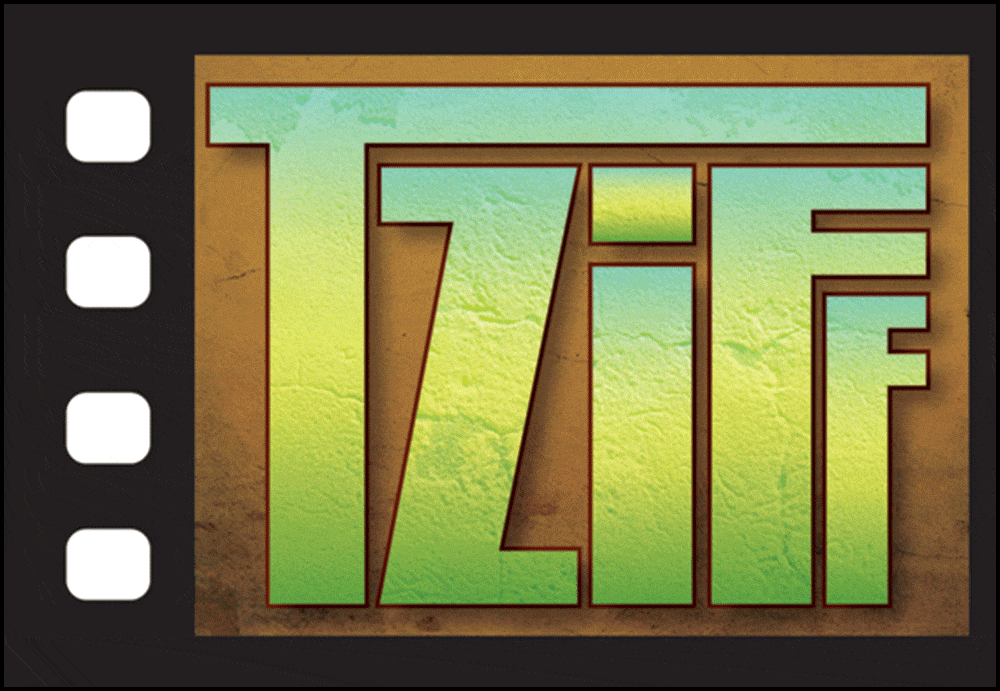I'm in the process of trying to purchase a new HDV camera and have narrowed it down to either the Sony Z1 or the Sony V1. In the past, I have used the Sony FX1, but needed a new camera and was looking to upgrade...
As far as I can tell, the biggest difference between these two cameras is the V1's ability to shoot in 1080p. Is that a correct assesment?
Which bring me to my next question: is there any reason (if I'm not planning on tranferring to film) that I need to worry about shooting in progressive?
We are a small, low-budget production company that focuses on environmental documentaries. This means that most of of our filming is done outside, in remote locations. We also shoot some action sports.
Also, does progressive take up a lot more hard drive space?
Thanks for the help.
As far as I can tell, the biggest difference between these two cameras is the V1's ability to shoot in 1080p. Is that a correct assesment?
Which bring me to my next question: is there any reason (if I'm not planning on tranferring to film) that I need to worry about shooting in progressive?
We are a small, low-budget production company that focuses on environmental documentaries. This means that most of of our filming is done outside, in remote locations. We also shoot some action sports.
Also, does progressive take up a lot more hard drive space?
Thanks for the help.








